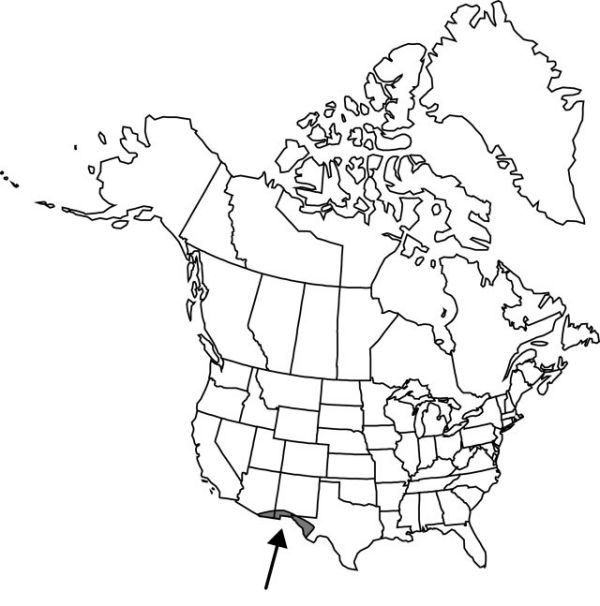Schiedeella arizonica
N. Amer. Native Orchid J. 6: 3, figs. 1, 2. 2000.
Herbs slender, to 20 cm. Roots thickened tuber, to 3 cm. Leaves not present at anthesis, 3–5, in basal rosette, petoliate; blade deep green, oval, to 3 × 6 cm. Inflorescenses: stems greenish yellow to rosy, slender; stem bracts several, prominent, 10–15 mm. Flowers to 12, in slender, loose, 1-ranked spiral, whitish; floral bracts translucent white, lanceolate-acuminate, 6–10 mm; dorsal sepal oblong-obtuse, 5–7 × 1.5–2 mm; lateral sepals oblong-oblique, 5–7 × 2 mm, apex obtuse; petals spatulate, tapering to narrow base, 4.5–5 × 1.5 mm; lip oblong, constricted above middle, 5.5–8 × 3.5 mm, base with poorly defined tuberosities clasping green column; margins crenulate-lacerate (outer portion strongly recurved in living material), apex with 3 green stripes, expanded, finely pubescent; disc in center of lip, rich cinnabar-red, especially if viewed from beneath, elliptic, thickened; ovary green, 3–5 mm, pubescent.
Phenology: Flowering May–early Jul.
Habitat: Dry coniferous forest, hillsides, creek canyons
Elevation: 1500–4600 m
Distribution

Ariz., N.Mex., Tex.
Discussion
Plants of Schiedeella arizonica from the southwestern United States were originally identified as Spiranthes parasitica A. Richard & Galeotti by C. A. Luer (1975), and as Schiedeella parasitica (A. Richard & Galeotti) Schlechter by J. Liggio and A. Liggio (1999). Meanwhile P. M. Brown (1996) treated them as S. fauci-sanguinea (Dod) Burns-Balogh. Neither of those species actually occurs in the United States, and Brown later described the taxon as Schiedeella arizonica.
Selected References
None.
